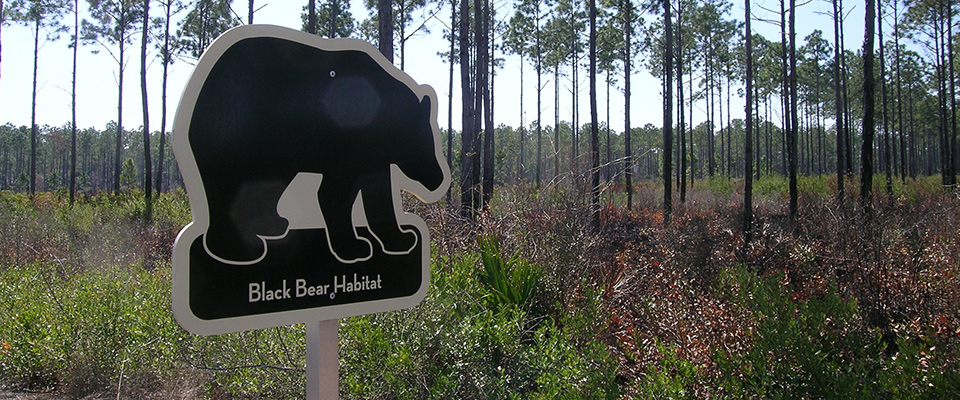
Black Bear Awareness
As our communities continue to grow from urban centers and encroach into more rural and wildland areas, the interactions between black bears (Ursus americanus) and humans increase. Ultimately, the management of bear attractants and human activities in these areas determines the frequency and disposition of these interactions. In many areas with increased bear populations, permitting efforts often require developers and communities to incorporate and provide strategies to limit bear attractants and reduce human interactions. Through our ecologist’s efforts, we have assisted individuals and communities in the implementation of techniques designed to reduce bear-human conflict. This includes but is not limited to community planning and education programs, bear-resistant trash can acceptance programs, and commercial refuse disposal methods. WEA staff has also served on local and state committees and working groups focused on black bear regulations and managing human-bear interactions.
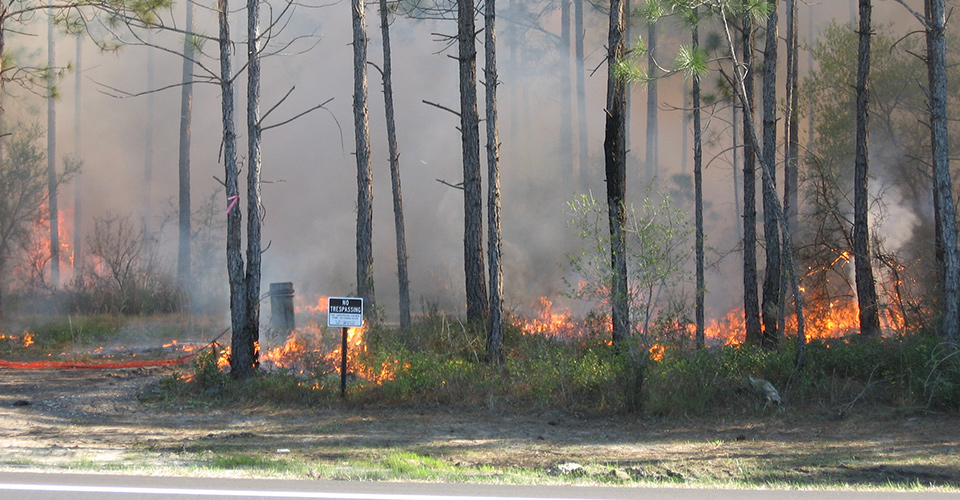
Fire Adapted and Firewise Community Management
Residential home and community development continues to increase in areas with wildfire risk. Collaborative planning prior to wildfire and educational programs to increase situational awareness during wildfires increase the survivability and safety of homes and families in these communities. WEA foresters and ecologists work with these communities in wildfire prone areas to reduce and mitigate the wildfire risk. We are experienced with providing resources and guidelines during community planning and development or single home construction processes. WEA ecologists and foresters also work with existing communities and homeowners to implement Firewise modifications and concepts to reduce wildfire risk. Our staff is also capable of completing Community Wildfire Protection Plans (CWPP), wildfire emergency preparedness plans, and Firewise Community USA® certifications. In some cases, WEA staff can assist with identifying and securing grant funding opportunities for reducing and mitigating wildfire risk.
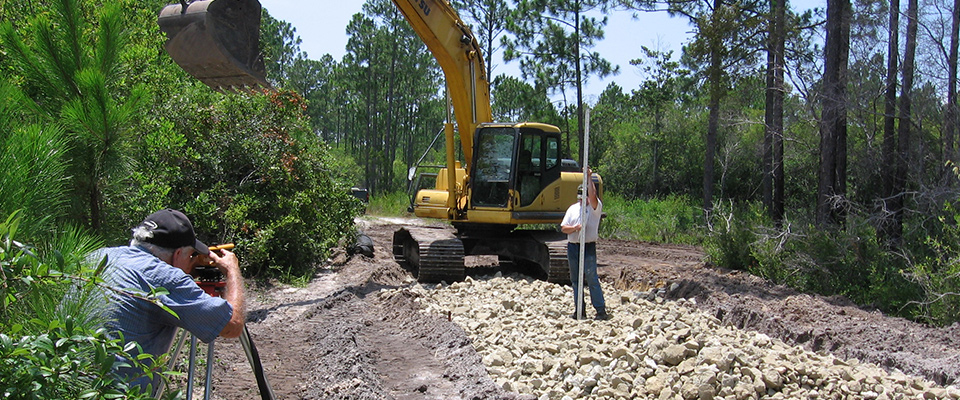
Environmental Inspection, Oversight, and Compliance
WEA provides environmental inspection, oversight, and compliance for a variety of construction and engineering based projects. WEA staff can work with owners, project managers, and contractors to ensure activities performed during the construction process are in compliance with environmental regulations, permit conditions, and best management practices (BMPs). This third-party, independent oversight can prevent delays, postponements, through proactive notification and resolution of potential environmental compliance issues. By providing these services across the entire project life-cycle, we help our clients control schedules and cost through active environmental compliance. WEA’s environmental inspection, oversight, and compliance services are therefore available during construction planning, during continuous onsite monitoring as construction occurs, and during predetermined or as-needed site inspections.
For example, WEA prepares environmental compliance monitoring plans that include the development of regulatory compliance matrices and project-phased activities to guide project managers and contractors through the construction process. If these compliance plans have previously been developed, WEA can provide limited or extensive quality assurance and quality control (QA/QC) reviews of these plans. WEA staff can provide contractor briefings during kickoff meetings or at interim phases to remind and educate personnel of compliance standards and proactive BMP measures. Some projects may require continuous environmental oversight during all or certain phases of the project, especially projects with potential impacts to threatened or endangered species. Other projects may require site inspections and monitoring efforts at regular intervals or following the completion of the project.
Our firm’s commitment to a proven quality assurance and quality control (QA/QC – link) process ensures our clients can depend on WEA for environmental regulatory compliance on their projects.
Services offered include:
- Threatened and Endangered Species Compliance
- Stormwater Inspections and Compliance
- Regulatory Compliance and Permitting
- Monitoring, Reporting, and Release
- Water Resource Monitoring
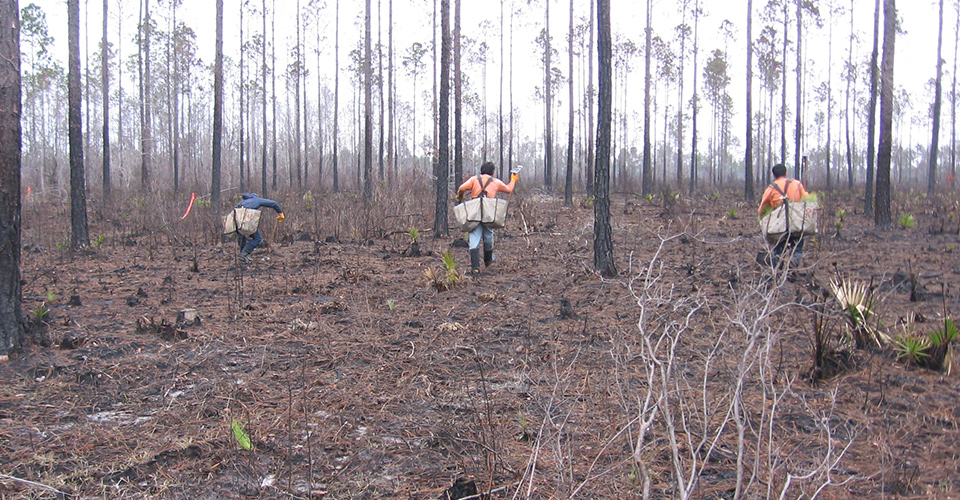
Mitigation
Mitigation is simply the preservation, enhancement, restoration, or creation of sites to compensate (i.e., mitigate) for anticipated or known human impacts elsewhere. Whether our clients seek in-lieu fee mitigation, permittee-responsible mitigation, or the creation of a mitigation bank, the WEA team helps guide our clients through the process. WEA staff has extensive experience with all aspects of the mitigation process from site selection and planning to permitting and implementation. Additionally, WEA maintains a network of mitigation specialists that we can utilize to provide additional regulatory and market insights and opportunities for our clients. Our mitigation services include:
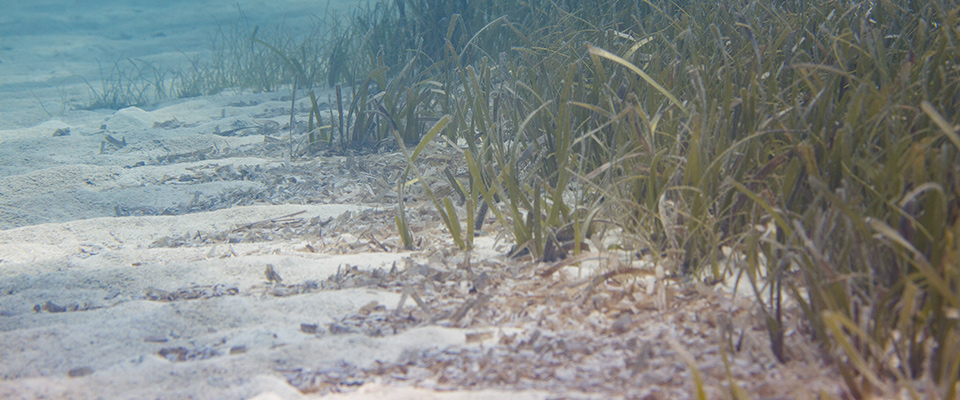
Seagrass Inspections, Monitoring, and Reporting
The coastal waters of Florida are home to expansive beds of various seagrass species, including turtle grass (Thalassia testudinum), shoal grass (Halodule wrightii), manatee grass (Syringodium filiforme), and widgeon grass (Ruppia maritima). These seagrass communities are important components of coastal and marine ecosystems by providing water quality filtration of nutrients and sediments, habitat for numerous infaunal organisms, ocean floor sediment stabilization, forage areas for sea turtles and manatees, and nursery areas for many fish species. In fact most of the commercially and recreationally important fish species found in Florida spend portions for their life in seagrass beds.
Often coastal development and permitting projects require the composition and extent of seagrass beds to delineated, protected, and monitored for impacts. WEA biologists have managed multiple seagrass survey and monitoring projects throughout the Florida panhandle. These seagrass inspections generally determine presence or absence, species composition, abundance, biomass, and/or extent of seagrass beds in shallow- and deep-water environments. Using GIS and AutoCAD desktop capabilities, WEA can provide our clients with accurate mapping and data management of seagrass beds under their stewardship.
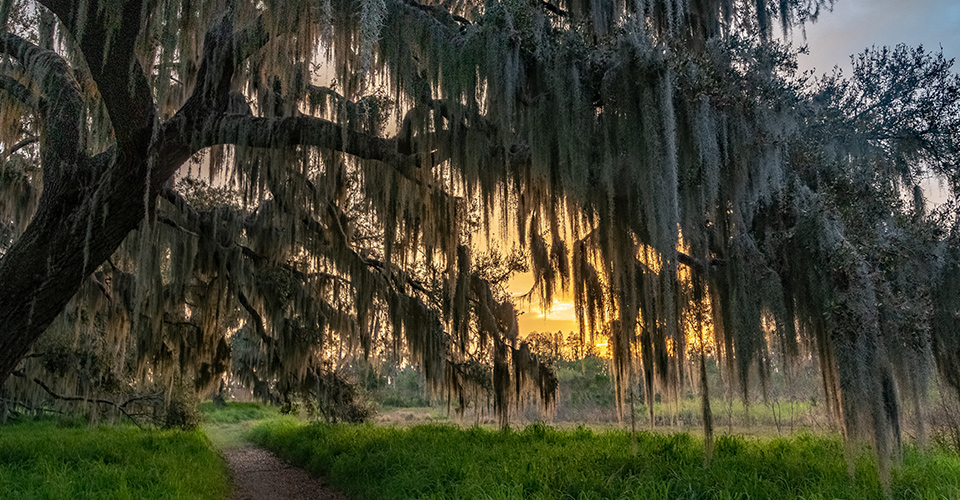
Ownership and Market Feasibility Analyses
- Land ownership
- Service area analyses
- Cost estimation and financial analyses
- Credit availability, release anticipation and planning
- Site Selection Analyses
- Habitat surveys and assessments
- Threatened and endangered species surveys and assessments
- Cultural resource assessments
- Wetland/stream delineations and functional assessments
- Technical feasibility assessment
- Pre-Application Coordination with Regulatory Agencies
- Regulatory Permitting
- Mitigation Planning and Design
- Draft and Final Mitigation Bank Prospectus
- Mitigation Banking Instruments (MBI)
- Mitigation Bank and Inter-Agency Review Team Negotiations
- Financial Assurances and Conservation Easements
- Implementation and Oversight
- Adaptive management
- Monitoring, reporting, and release
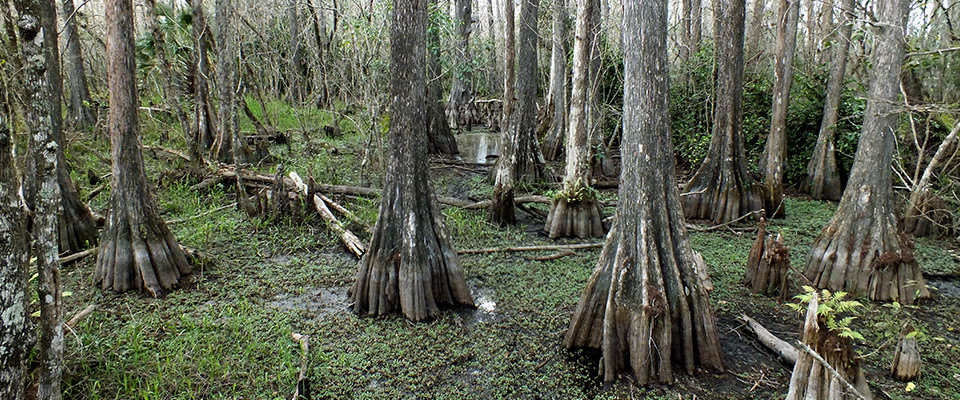
Wetland Permitting
Expertise exists at WEA and through strategic teaming partners to complete all phases of the US Army Corps of Engineers wetland permitting process, including delineation, determination of impacts, agency consultation, and the restoration, enhancement, and management of mitigation sites. WEA has extensive training and experience in wetland delineation and agency negotiation, which is crucial to the permitting process. Ecological restoration, especially wetlands restoration has been a successful part of WEA’s land management activities since its inception. Wetland permitting services include:
- Wetland identification, delineation, and functional assessments
- Clean Water Act Section 404 permitting
- Water Management District (Florida) permitting
- Compliance and permitting with local governments and ordinances including Records of Decision, Homeowner Associations, and Codes, Covenants, and Restrictions (CCRs)
- Wetland enhancement and restoration
- Mitigation and long term management, monitoring, and reporting
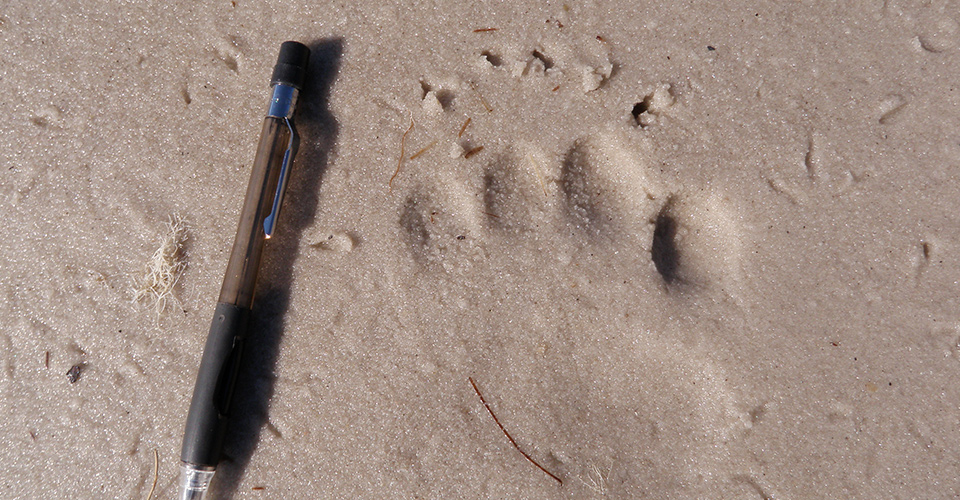
Planning
The National Environmental Policy Act was originally passed in 1947 requiring all federal agencies to prepare environmental impact statements for “every recommendation or report on proposals for legislation and other major Federal actions significantly affecting the quality of the human environment.” This process ultimately involves the evaluation of environmental effects for all federal undertakings including any proposed action alternatives. These evaluations of the preferred project alternative (relative to no action and/or other alternatives) focus upon environmental consequences to the affected environment including noise; air quality; infrastructure and utilities; hazardous materials and waste; and earth, water, biological, cultural, and socioeconomic resources. The analysis also evaluates cumulative impacts to these biophysical resources related to past, present, and future actions in the area. Depending on the anticipated potential impact of these environmental effects, project sponsors can conduct three different intensities of analysis.
The first analysis option is a categorical exclusion (Cat Ex), which excludes projects from more detailed analysis if it is one of a series of actions previously determined by the agency to have no significant environmental impact.
A second analysis option is the preparation of an environmental assessment (EA), which determines whether the proposed action would significantly affect the environment. In the event that the analysis indicates there will be no significant impact from the proposed action, a finding of no significant impact (FONSI) is them prepared and submitted. Some agencies like the Federal Aviation Administration, provide sponsors the option of completing an EA “short form” designed to address the components of an EA in template format.
The third NEPA analysis, an environmental impact statement (EIS), occurs if the prepared EA determines the proposed action will have significant environmental impacts and consequences. The most detailed and lengthy of all the NEPA documents, an EIS generally involves significant interactions and comments from other federal agencies and the general public. In order to streamline the process, an EIS can be completed in lieu of an EA if the sponsor anticipates significant environmental impacts will occur as a result of the process.
Some federal agencies, require other documentation and reports at various levels of involvement that help complete the selected NEPA process. WEA staff have the skills and experience to help our clients navigate the NEPA process. WEA also teams with other environmental firms to complete portions or lead entirely the development of NEPA documents. As noted above, federal agencies are often required to present preferred and considered alternatives for comment at public meetings. WEA staff can also coordinate and lead these public meetings. While the NEPA process is similar for all federal agencies, each agency has developed a format, guidelines, and regulations that direct clients how to proceed through the NEPA process. WEA staff have experience completing NEPA-related surveys and documents for the:
- Department of Homeland Security (DHS)
- Federal Aviation Administration (FAA)
- Federal Energy Commission (FERC)
- Federal Highway Administration (FHWA)
- United States Army (USA)
- United States Air Force (USAF)
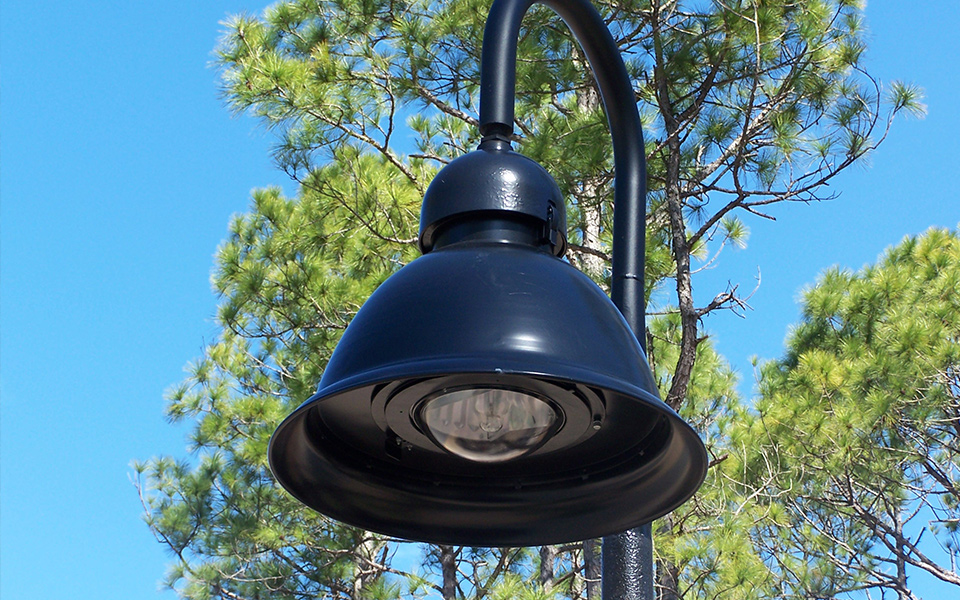
Sea Turtle Lighting and Nest Protection
Five species of sea turtles inhabit the coastal shores and waters off Florida. The green (Chelonia mydas), leatherback (Dermochelys coriacea), loggerhead (Caretta caretta), hawksbill (Eretmochelys imbricata) and Kemp’s ridley (Lepidochelys kempi) sea turtles spend much of their life at sea but return to the shorelines of Florida to lay eggs from approximately March to October each year. WEA helps clients manage and mitigate the dangers sea turtles face when coming ashore to lay these eggs. WEA also provides survey capabilities and protection for the nests.
Once the eggs in these nest hatch, sea turtle hatchlings have adapted to travel towards the light generated from the moon and stars reflection on the ocean and away from the dimly lit coastal dune environments. However, as human coastal populations have increased, light from these populated areas serves to disorient and confuse hatchlings. Instead of traveling towards the ocean, hatchlings in such artificially lit environments face increased mortality and lower fledgling success. As a result, regulations and ordinances for many municipalities and communities now encourage or require measures to reduce and eliminate artificial “light pollution.” WEA ecologists have negotiated the conditions and implementation of sea turtle lighting plans with Florida Fish and Wildlife Conservation Commission (FWC). WEA staff has passed the FWC Official Sea Turtle Lighting Exam, which covers sea turtle laws and regulations, lighting fixtures, and lighting guidelines within Florida. In some cases, WEA staff can also assist with identifying and securing grant funding opportunities for decreasing light pollution and upgrading lighting fixtures.
The concerns surrounding human-induced light pollution are not limited to coastal environments. Concerns over wasted energy, aesthetic appeal, wildlife and ecosystem impacts, and safety concerns have led some communities to encourage or require light pollution standards. WEA ecologists have experience addressing these concerns and assisting with certifications like the International Dark Sky Place designation.
Whether our clients require community design standards, lighting plans, retrofitting guidance, educational programs, or signage, WEA has the experience and training required address these issues.
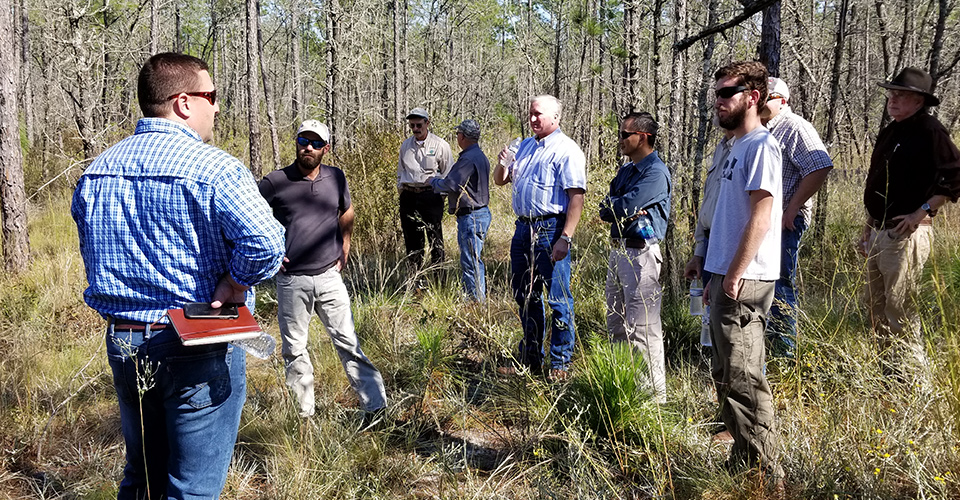
Seminars, Training, and Meetings
WEA staff is experienced is providing presentations and seminars to a variety of audiences on numerous ecological topics. The format and objectives of these presentations can be educational, instructional, collaborative, regulatory, or administrative. WEA staff has frequent experience coordinating and directing:
- Best Management Practice (BMP) seminars and trainings
- Public involvement or comment meetings
- Homeowners Association meetings and educational programs
- Certification and audit seminars or trainings
- Wildlife and habitat management techniques instructional seminars
- Hunting club seminars and annual meetings
- Firewise® techniques and concepts seminars
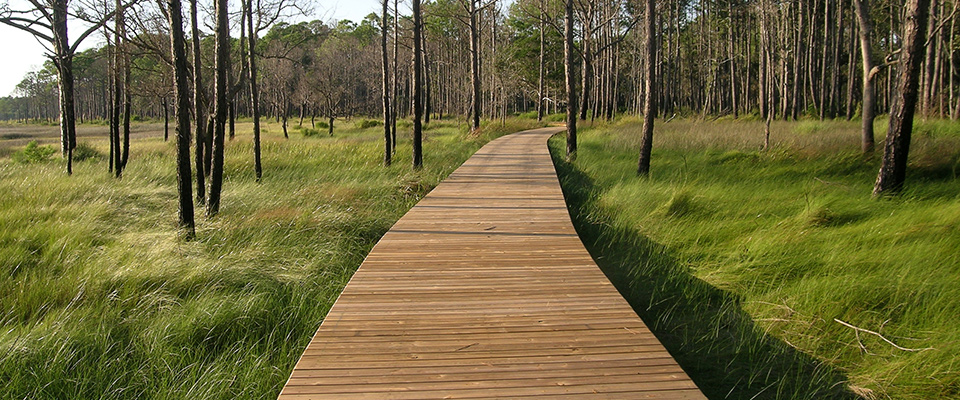
Trails & Signage
As the need and desire for outdoor recreation grows, the incorporation of educational and interactive trails into leases, parks, preserves, and communities also increases. WEA can help design, permit, and construct trails to meet a variety of client needs. Popular trail activities that WEA staff can include in customized designs include educational hiking, biking, birdwatching, photography, fishing, and shooting sports.
Permit conditions, local covenants, and homeowner associations (HOA) often require site-specific environmental signage for projects and residential communities. WEA ecologist have the ability and experience to help clients research, design, and develop informational, educational, and administrative environmental signage. Examples of signage WEA staff has developed include:
- Construction site threatened and endangered species information
- Black bear presence and education
- Dock and pier regulations
- Seagrass education
- Manatee education
- Conservation areas and easements
- Informative trail markers
- Ecosystem education
- Project specific restoration activities
- Sea turtle lighting and nesting
- Threatened and endangered species
- Leash restrictions
- Hunting and fishing regulations

Quality Assurance and Quality Control (QA/QC) Reviews
As one of the core principles at WEA, we pride ourselves in our established quality assurance standards and quality control planning. This iterative process, implemented on all WEA projects, can also be utilized by our clients to review the deliverables of other consultants or regulatory feedback. WEA staff is experienced with fostering a collaborative environment while providing edits and feedback to various technical resource documents. As a third-party reviewer, WEA can bring technical expertise and professional requirements to the review process and ultimately ensure QA/QC standards are met.
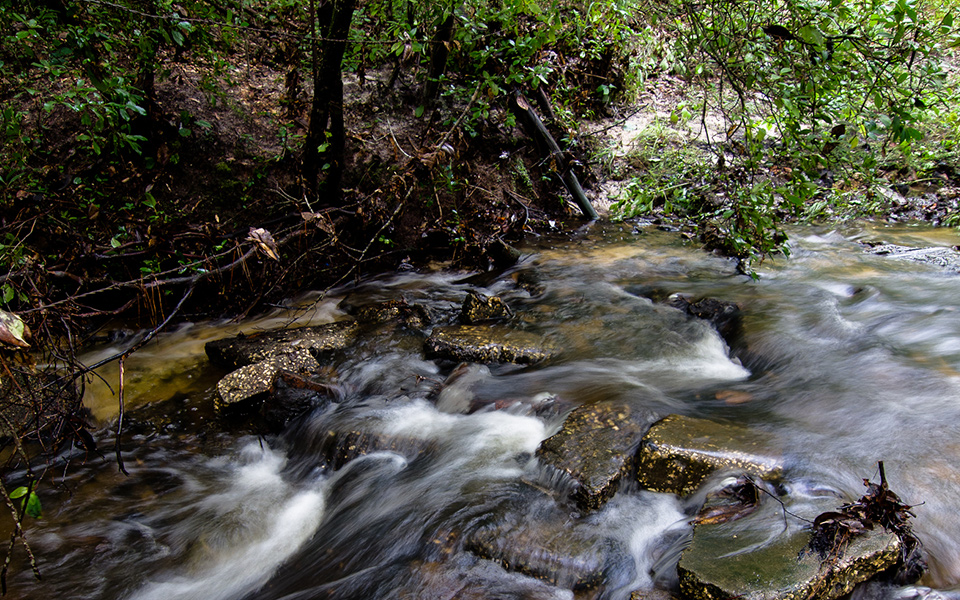
Water Resource Monitoring
WEA ecologists can offer specialized services to our clients to meet their water resource monitoring and maintenance needs. Our staff possess years of experience in collecting, analyzing, and reporting water quality attributes, including staff certified as National Pollutant Discharge Elimination System (NPDES) – Qualified Stormwater Management Inspector. WEA services include:
- Ground and surface water quality assessments and monitoring
- Turbidity and sedimentation surveys, removal, and restoration
- Erosion Control and Stormwater Inspections
- Erosion and Turbidity control measure installation and monitoring
- Stormwater pond maintenance
- Lakes and ponds water chemistry